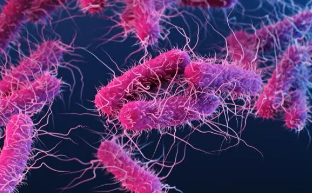Fossil Fuel Expansion Threatens Coral Triangle Biodiversity

At COP16 of the Convention on Biological Diversity , a critical report brought to light the dangers posed by fossil fuel expansion to the Coral Triangle. This region, known as the ‘Amazon of the seas’, is one of the most biodiverse marine areas globally. It spans over 10 million square kilometers and includes several Southeast Asian nations. The Coral Triangle The Coral Triangle houses 76% of the world’s coral species. It supports over 120 million people who rely on its resources for their livelihoods. Countries within this region include Indonesia, Malaysia, Papua New Guinea, Singapore, the Philippines, Timor-Leste, and the Solomon Islands. Fossil Fuel Threats The report, titled Coral Triangle at Risk: Fossil Fuel Threats and Impacts, outlines alarming statistics. More than 100 offshore oil and gas blocks are currently operational, covering over 120,000 square kilometers. An additional 450 blocks are under exploration, potentially affecting 16% of the Coral Triangle if fully dev...
















